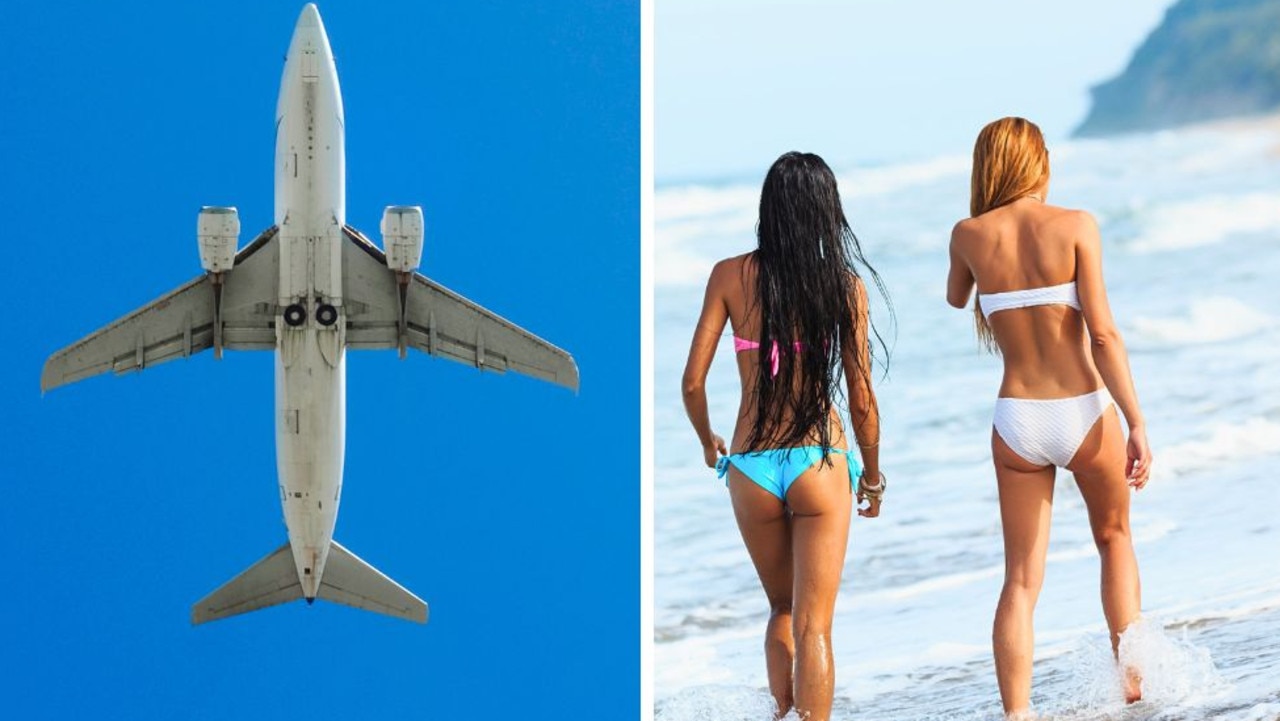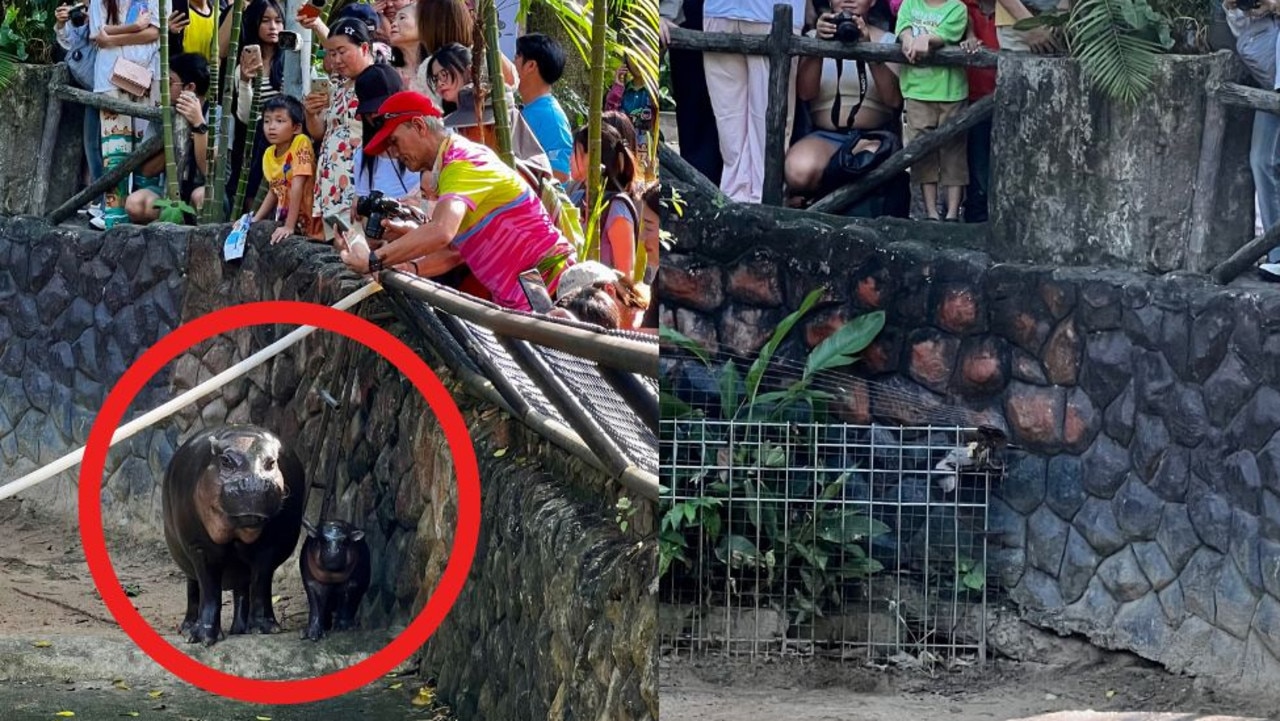‘Insane’ videos and pictures of crowds on Mt Everest shock
Pictures and videos from Mt Everest have left the internet in shock – and it’s got nothing to do with the natural environment.
Mt Everest is not just an extremely difficult climb – it can be a deadly climb.
But the possibility of not making it back down the world’s tallest mountain alive has not stopped adventure seekers, with images and videos from the mountain showing “traffic jams” of climbers in recent years.
Footage of these queues on Everest are circulating on social media, gaining millions of views and leaving viewers in shock.
“How the hell is there a line at Mt Everest, that’s actually so insane,” one person responded to a video posted on TikTok this month with 2.5 million views. It is unknown when the video was filmed.
“Climbing Everest is starting to look more and more like a week at Disney [Disneyland]. Just hours of waiting in lines …” added another.
“Where’s the fast pass lane?” one person said sarcastically.
“Geez it’s like a rope park for rich people,” wrote someone else.
Some joked there would be a shop at the top of mountain in no time.


Climbing Mt Everest has become more and more popular – despite being such a dangerous and expensive “bucket list” activity.
Pent-up travel demand from the pandemic has been blamed for another crowded climbing season this year.
Most people climb the south side of Everest in Nepal and they are required to buy a climbing permit from the government, which costs about $16,000 ($US11,000) per person.
International news agency Reuters reported that Nepal handed out a record 463 permits between March and May this year and the government earned about $7.5 million ($US5 million).
Ang Tshering Sherpa of Asian Trekking said each climber spends at least $39,800 ($US26,700) on an expedition in Nepal, including on permit fees, gas, food, guides and local travel.
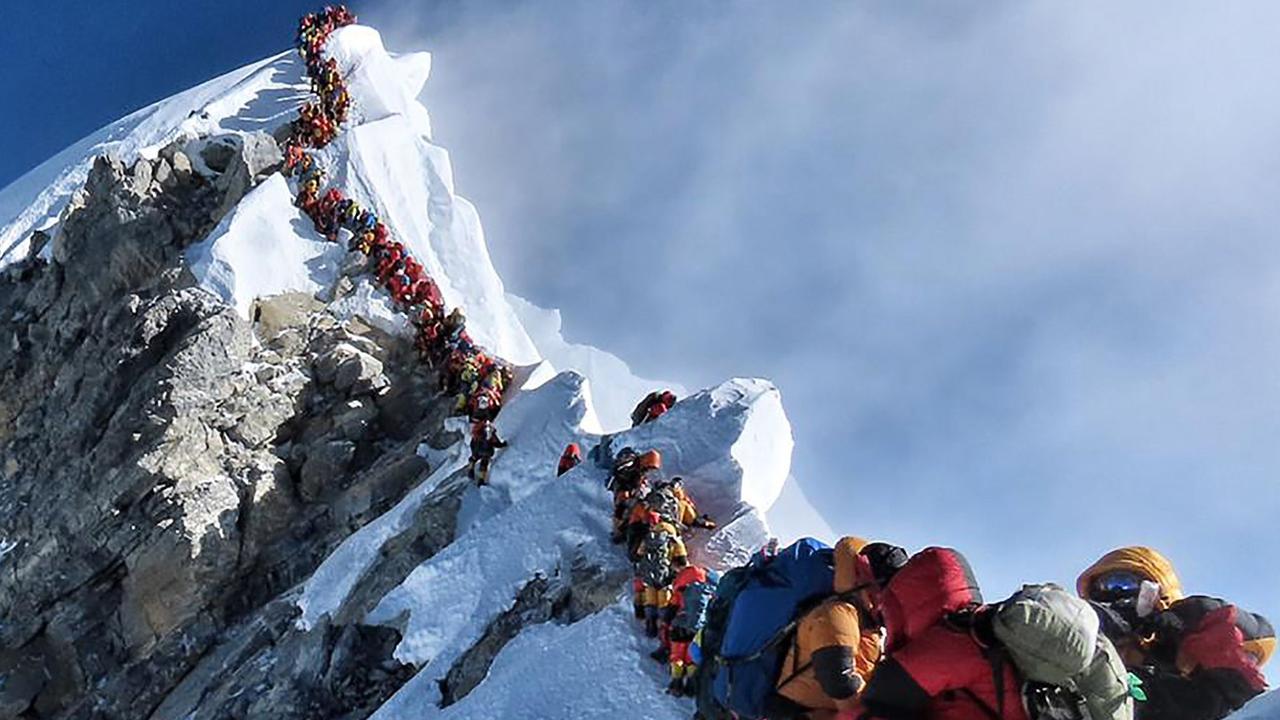
The risk of “traffic jams” is not only created by a large number of climbers but is made worse when there are few good weather windows to reach the summit, which happened in 2019.
The 2019 spring climbing season made headlines for all the wrong reasons with “death, carnage and chaos”. There were 11 deaths making it one of the deadliest seasons in years.
Climbers were forced to line up and wait in high altitudes before continuing to their ascent, while others claim they stepped over lifeless bodies while trekking back down the mountain.
Overcrowding and high numbers of relatively inexperienced climbers were cited as reasons for the high number of deaths.
But this year’s deaths have already exceeded the “horror season” of 2019.
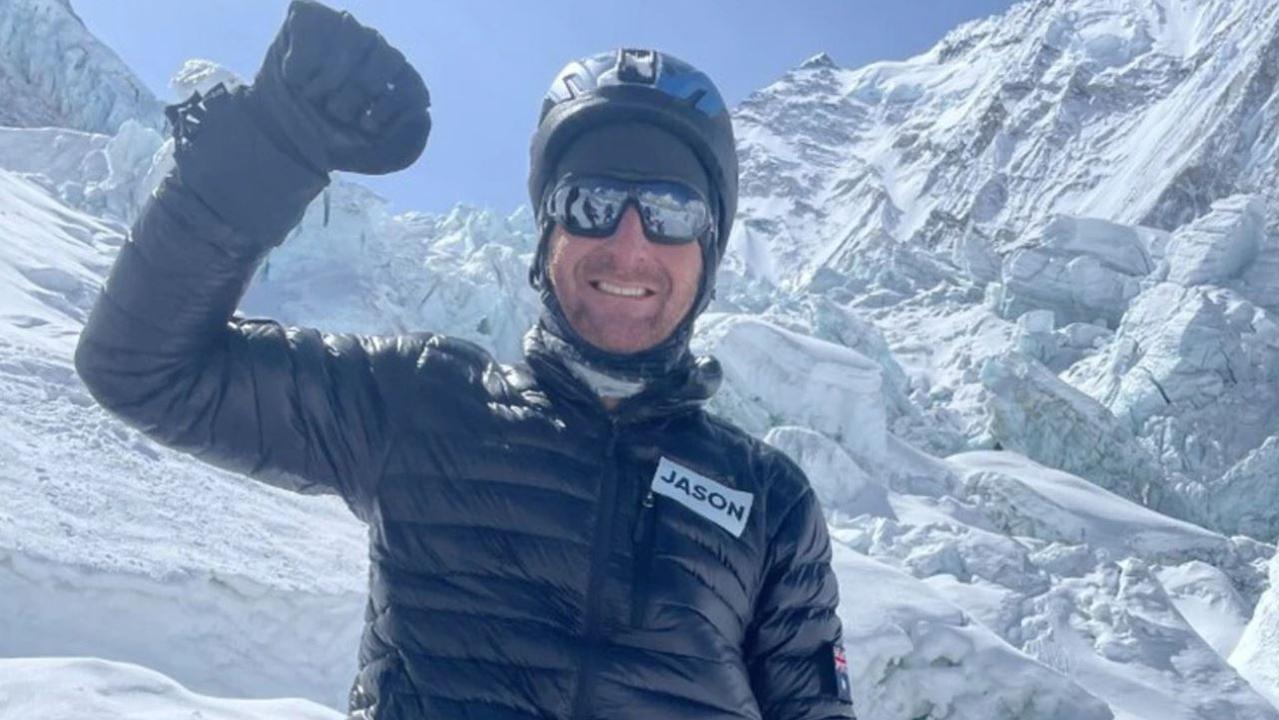
There have been 12 confirmed deaths this spring climbing season and five people are missing.
One of the deaths was Australian man Jason Kennison, who died three weeks ago due to severe altitude sickness.
He spoke to his mum only the day before. She told him to be careful and he said he would see her when he got back.
But he reached the summit and became unwell. He was brought down to the balcony area below the peak where he died, according to his expedition organiser.
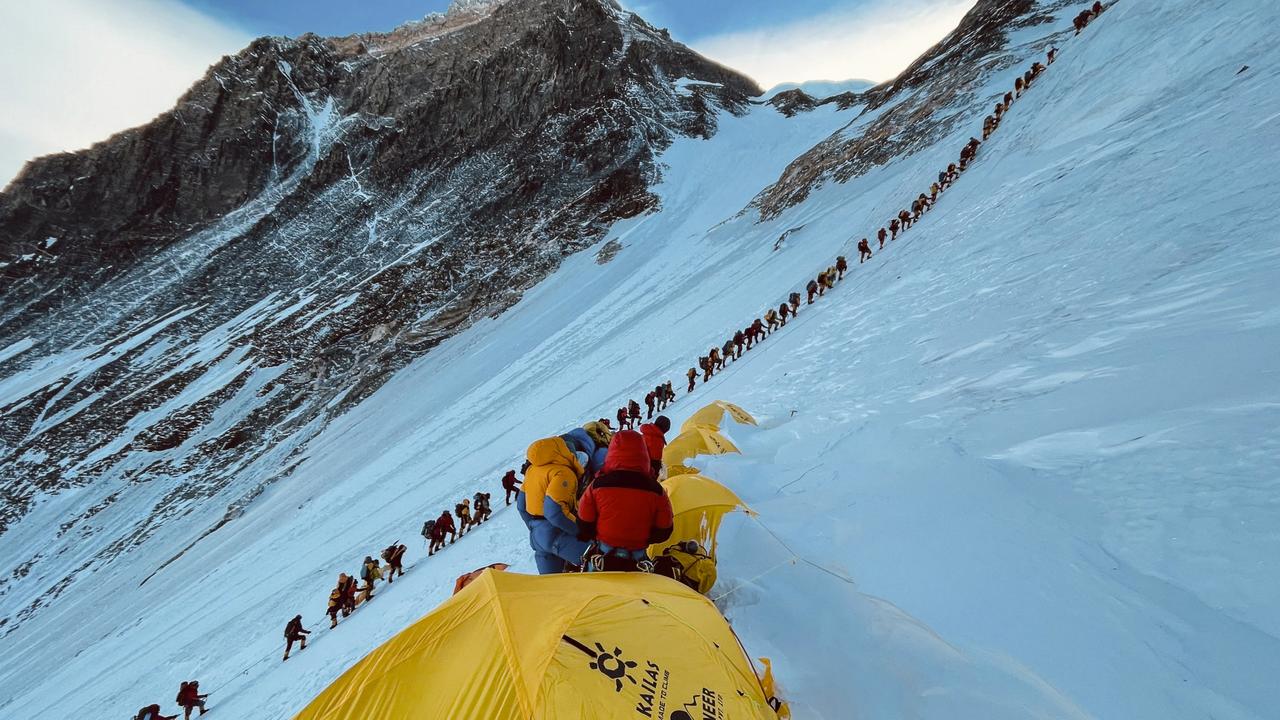
The danger of ‘traffic jams’
“Traffic jams” on Everest are not only inconvenient, they are dangerous – especially in what is known as the “death zone” in the climbers’ final push to the summit at an altitude above 8000 metres.
Being stuck in a queue at such high altitude that climbers are using oxygen canisters to survive is extremely risky.
Speaking to the BBC, Lukas Furtenbach, who runs a tour company based out of Austria, said the combination of Everest being the highest point and “one of the most dangerous places on earth” is what attracted people.
He stressed the importance of readily available oxygen amid crowding and said all operators should have measures in place like his company to make sure that their clients never run out of oxygen.
“Proper oxygen logistics are super important if there are many people climbing at the same time,” he told the British broadcaster.
“I am convinced that with minimum safety, equipment and logistic standards for all operators, we could avoid many of the deaths that happen today on Everest.”




